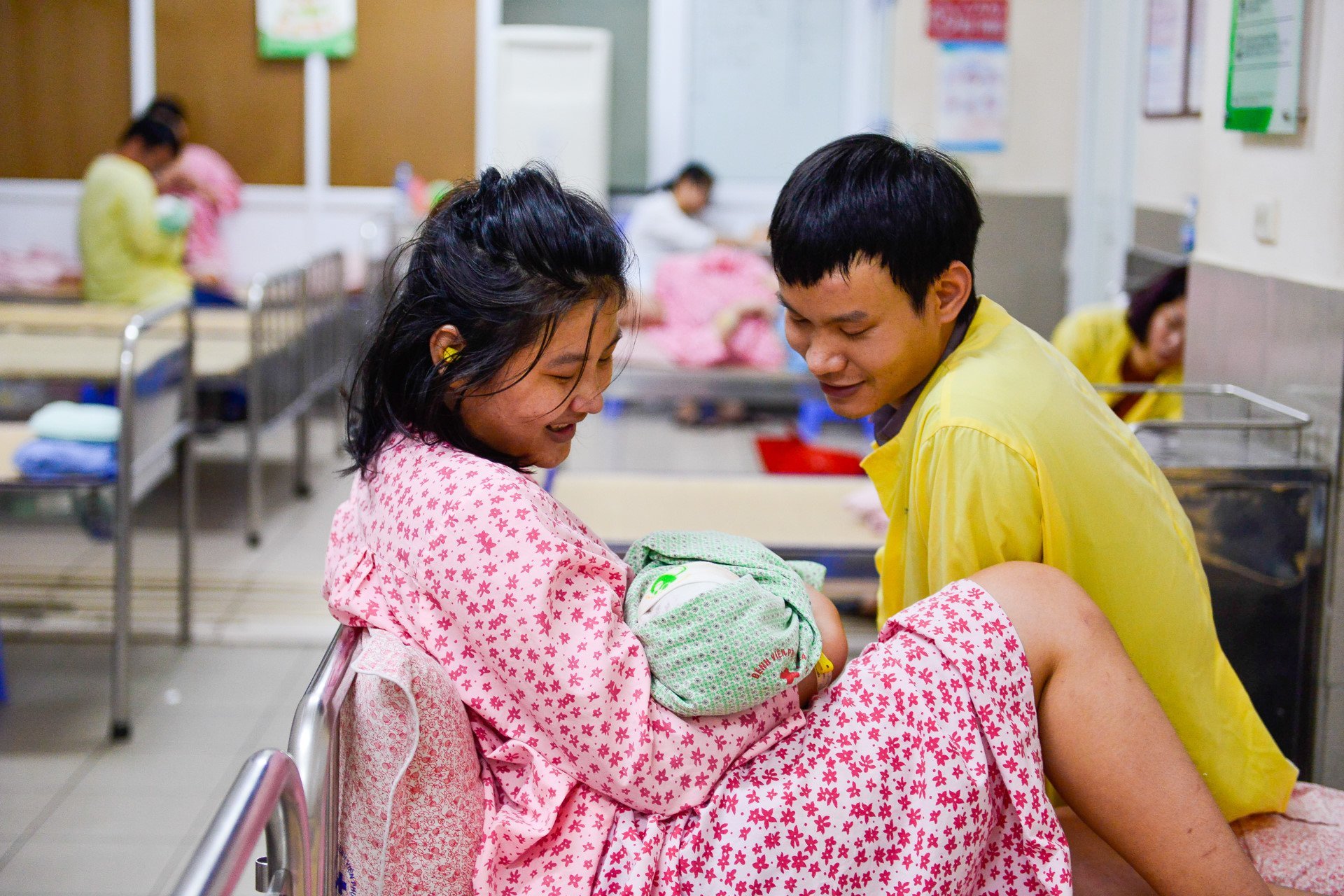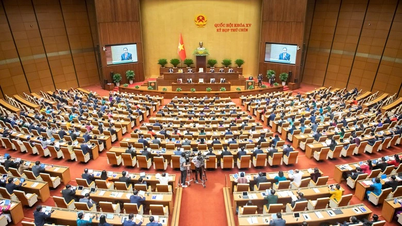This regulation aims to address the problem of the increasingly aging population in Vietnam. Regarding this issue, the previous draft amendment to the 2003 Population Ordinance of the Ministry of Health also proposed to remove the regulation that each couple can only have 1 to 2 children and give couples the right to decide on the number of children, the time of birth, and the interval between births (which means that each couple can decide to have more than 2 children).
The relaxation of regulations on the number of children and the non-disciplinary action against party members who have a third child have received public attention. However, many opinions say that adjusting the birth rate needs to have flexible solutions, suitable to the actual conditions of each region and locality, and should not be applied universally and uniformly.
Vietnam is a country with a population policy very early (in 1961). After many efforts to achieve the goal of reducing births, since 2005 our country has reached the replacement birth rate of 2.1 children/woman. However, according to the report of the Ministry of Health , the replacement birth rate in our country has decreased significantly in the past 12 years and is forecast to continue to decrease in the following years.
Accordingly, the national fertility rate has decreased from 2.11 children/woman (2021) to 2.01 children/woman (2022), 1.96 children/woman (2023) and 1.91 children/woman (2024 - the lowest level in history). Currently, the country has 9 provinces and cities reaching the replacement fertility rate; 22 provinces and cities are below the replacement fertility rate (mainly localities with developed economy and society); 33 provinces are above the replacement fertility rate (including Quang Tri).
Accordingly, the birth rate in urban areas, the Southeast region and the Mekong Delta is currently falling below 2 children per woman. Meanwhile, the Central Highlands, the Northern midlands and mountainous areas, and the North Central region have not yet reached their set targets. This shows that there is a difference in birth rates between regions, areas and localities. Therefore, it is necessary to develop appropriate solutions for each region and province to ensure the maintenance of a stable replacement birth rate and to move towards uniformity in birth rates nationwide.
In the general context of the whole country, Quang Tri province also has its own characteristics and difficulties that require solutions suitable to the practical situation of the locality. According to data from the Quang Tri Provincial Department of Population, in 2024, the average fertility rate of women in the area is 2.31 children.
Of which, 24 wards and towns (urban population) have a birth rate of 2.16 children/woman (nearly reaching the replacement level of 2.1 children); the remaining communes have an average birth rate of 2.34 children/woman (including 31 communes in ethnic minority areas with a birth rate of 2.66 children/woman). In addition to being classified by administrative boundaries, the birth rate is also divided into 7 age groups of women (from 15 - 19, 20 - 24, 25 - 29, 30 - 34, 35 - 39 and 40 - 44). In the plains, women giving birth peaks in the 25 - 29 age group, then gradually decreases and the number of mothers giving birth to a third child is usually after the age of 35.
On the contrary, in ethnic minority areas, women give birth at their peak in the 20-24 age group (besides, women aged 15-19 also have a high birth rate). After the age of 35, women in this area have the lowest birth rate in the province. The reason is that the age of marriage in ethnic minority areas is early, women give birth frequently (many cases are only 24 years old but already have 3 children).
Quang Tri province is striving to achieve the replacement fertility rate of 2.1 children per woman. Given the above reality, the province needs to have intervention solutions to adjust the fertility rate to suit each region and each subject. For the plains, especially the 24 wards and towns that are close to the replacement fertility rate, solutions are needed to maintain it.
It is necessary to review and amend support policies to encourage couples to have two children based on analysis and assessment of the impact of policies on labor, employment, social welfare, education, health care, etc. Focus on promoting that women over 35 years old should not have children because of the many potential risks associated with pregnancy and childbirth.
For mountainous areas, ethnic minorities need to strengthen communication so that people do not take advantage of the policy of allowing couples to decide on the number of children to have many children. The target group in ethnic minority areas that need to focus on propaganda is women aged 15-24. The content of propaganda needs to emphasize to reduce the situation of early marriage, early marriage, women should not give birth too early, not give birth to many children and not give birth too close together so that they understand the responsibility of giving birth to children must be associated with raising children well, and having a happy and prosperous family.
In addition, it is necessary to raise awareness of reproductive health and gender among students and adolescents. Research continues to promote and maintain the model of "Village without third child birth" in communes with high birth rates, especially in ethnic minority areas.
Mai Lam
Source: https://baoquangtri.vn/can-co-giai-phap-dieu-chinh-muc-sinh-phu-hop-voi-tung-vung-doi-tuong-192698.htm



![[Photo] Welcoming ceremony for Prime Minister of the Kingdom of Thailand Paetongtarn Shinawatra on official visit to Vietnam](https://vphoto.vietnam.vn/thumb/1200x675/vietnam/resource/IMAGE/2025/5/16/cdd9e93739c54bb2858d76c3b203b437)




![[Photo] Prime Minister Pham Minh Chinh holds talks with Prime Minister of the Kingdom of Thailand Paetongtarn Shinawatra](https://vphoto.vietnam.vn/thumb/1200x675/vietnam/resource/IMAGE/2025/5/16/23b5dd1e595d429491a54e3c1548fb79)






















































































Comment (0)